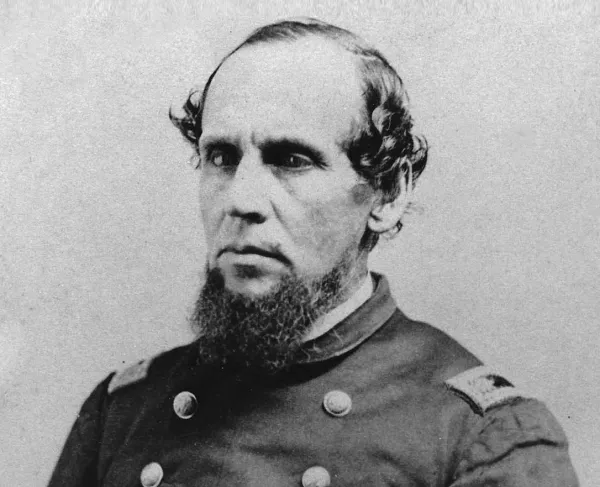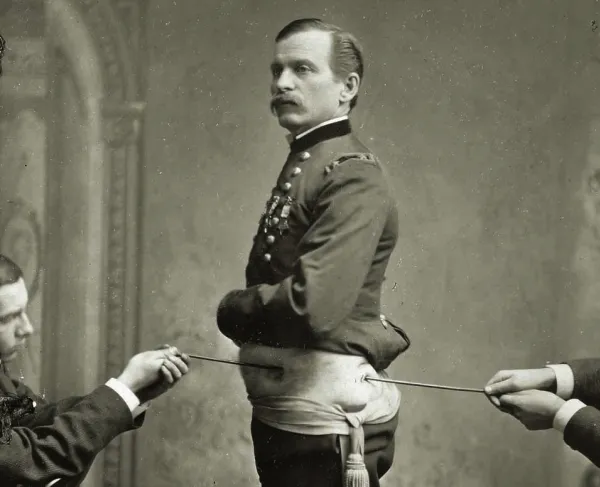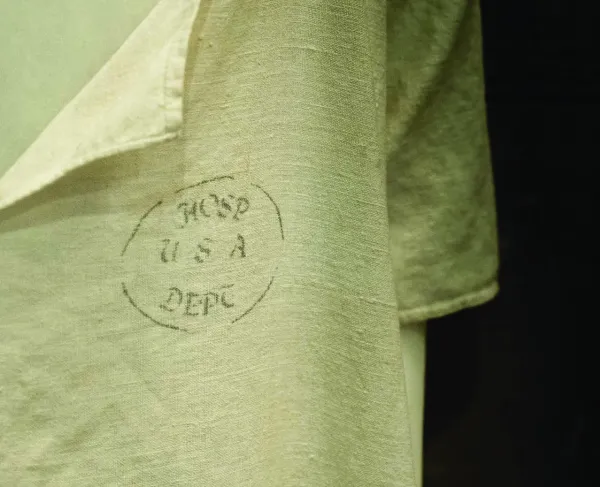Chimborazo Hospital
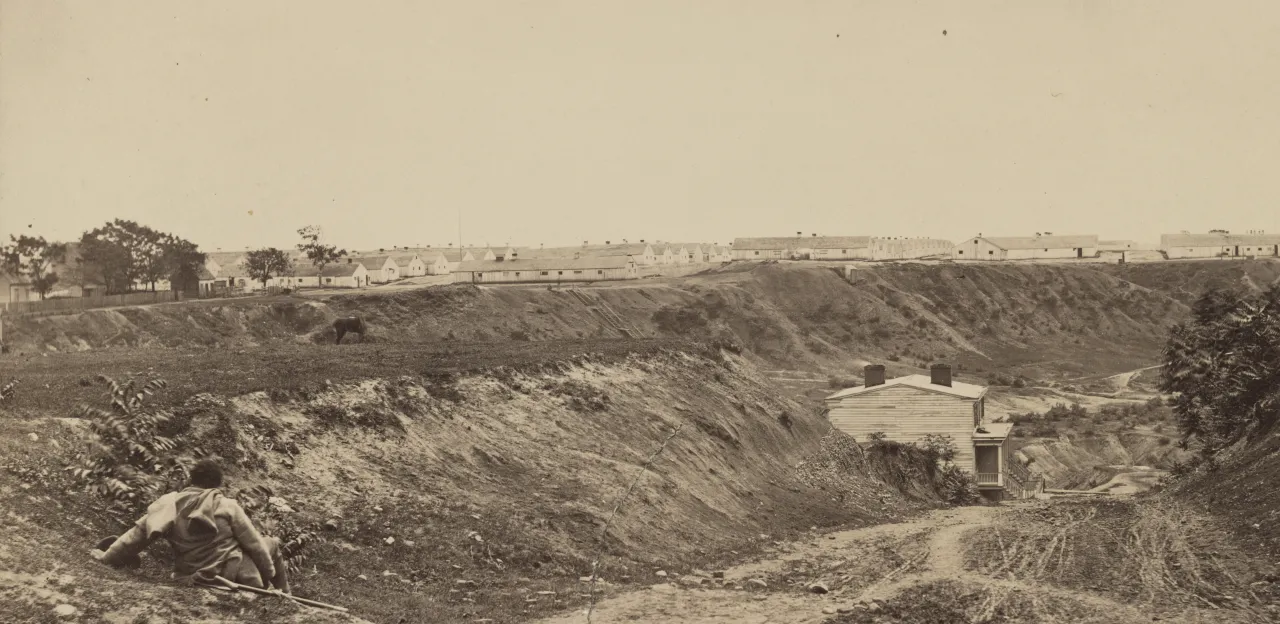
Named after an inactive volcano in Ecuador, Chimborazo Hospital was the largest military hospital in the Confederacy during the Civil War. Originally, the area that Chimborazo Hospital was constructed on was named Chimborazo Hill along the eastern slopes of Richmond, Virginia, overlooking the James River. In the first months of the Civil War, Chimborazo Hill was used as a training and muster barracks for Confederate forces. After their deployment at the end of the summer of 1861, Chimborazo Hill remained vacant with various wooden structures empty.
In October of 1861, Confederate Surgeon General Samuel Preston Moore realized that the Civil War was not going to be a short and simple war as previously thought following the Battle of First Bull Run in July of 1861. With mounting losses from the First Bull Run and various other skirmishes, Moore designated the abandoned barracks as a hospital and asked Medical College of Virginia professor Dr. James B. McCaw to lead and organize a new hospital in the vacant area. Dr. McCaw, a professor of chemistry at the Medical College of Virginia, tackled the challenge of constructing a hospital from scratch. Dr. McCaw placed the patient’s care and needs first. He made Chimborazo Hospital an open-air, pavilion-style hospital. He retrofitted the abandoned wooden structures from when Chimborazo Hill was a barracks into hospital wards. He organized the wards into rows for efficiency and placed tents up where needed. Dr. McCaw also kept a large staff on hand, with twenty to thirty surgeons, a corps of nurses, women matrons, and slaves.
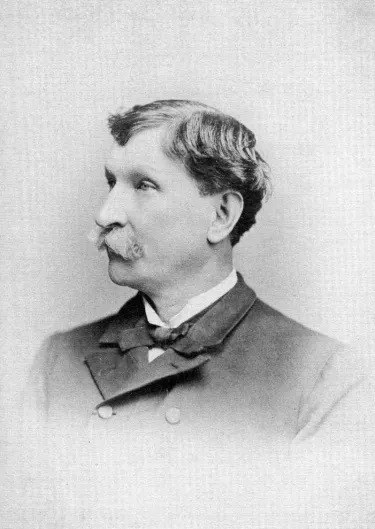
Patients came rushing to the hospital in the early years of the war. After the Peninsula Campaign and Seven Days’ Battles, the hospital cared for the wounded and sick soldiers coming from the frontline. The hospital soon reached capacity and had to set up more tents to accommodate for the overfill. Food was plentiful in the early years of the war, and the staff that Dr. McCaw curated was exemplary, providing some of the best medical care in the Confederacy.
Throughout the war, Chimborazo Hospital operated like a small city within Richmond. Chimborazo Hospital was highly organized, bureaucratic, meticulously cared for, and closely administered by Dr. McCaw. In total, there were ninety wards with forty beds in each ward. Dr. McCaw divided the ninety wards into five separate divisions and placed a lead surgeon-in-chief in each division. Dr. McCaw also decided which specific meats and vegetables were purchased every day for the sick and wounded patients. He helped to cultivate vegetables at a local garden near the hospital, and Chimborazo Hill had many livestock grazing the land. Over time, however, Chimborazo Hospital could not escape the food and medicine shortages that plagued the Confederacy in the later years of the war. Records were neatly kept, each ward was meticulously cleaned, and the bureaucratic structure of the hospital was strict. Few other hospitals in the Confederacy were as well-ran as Chimborazo. Dr. McCaw took pride in the hospital’s success. Furthermore, Chimborazo Hospital achieved a less than ten percent mortality rate, a statistic during the Civil War that was almost unimaginable. At its peak, Chimborazo cared for 4,000 patients at one time. Many soldiers who were cared for at Chimborazo Hospital were sick with disease and not typically wounded. Many wounded soldiers were transported to Chimborazo as a last resort after already receiving medical treatment in field hospitals near battlefields. Prior to the Civil War, soldiers were often furloughed and sent back to their homes for treatment by mostly unqualified family members. Chimborazo Hospital changed that practice, and instead of sending soldiers home, they sent them to hospitals to be professionally cared for.
On April 2, 1865, after Union forces pushed through the Confederate defenses at Petersburg, the evacuation of Richmond took place. Many soldiers after hearing the news that Petersburg succumbed to the Union’s siege left Chimborazo on their own accord. When Union forces entered Richmond on April 3, Dr. McCaw met the Union soldiers and reportedly served them mint juleps and peacefully relinquished control of the hospital. The Union found that Chimborazo Hospital was in surprisingly good condition and began to house wounded and sick Union patients in the hospital. Union soldiers were kept separate from Confederate soldiers. By early summer of 1865, Chimborazo Hospital officially shut down, and the empty wooden wards were reconfigured into a Freedman’s Bureau school. By the turn of the 20th century, the wards were deconstructed by Richmonders for construction materials, and the City of Richmond purchased the property to establish Chimborazo Park. In 1959, the National Park Service acquired the land as a part of the Richmond National Battlefield Park.
Chimborazo Hospital played an integral part in the Civil War. Serving as one of the most advanced hospitals in the Confederacy, Chimborazo cared for over 75,000 patients over the course of four years. With the exceptional quality of care and meticulous organization of Chimborazo, Chimborazo Hospital furthered the idea of providing professional hospital care for sick and wounded soldiers, which was a new advancement in medicine.
Further Reading:
- Doctors in Gray: The Confederate Medical Service By: H.H. Cunningham
- Chimborazo: The Confederacy's Largest Hospital By: Carol C. Green
